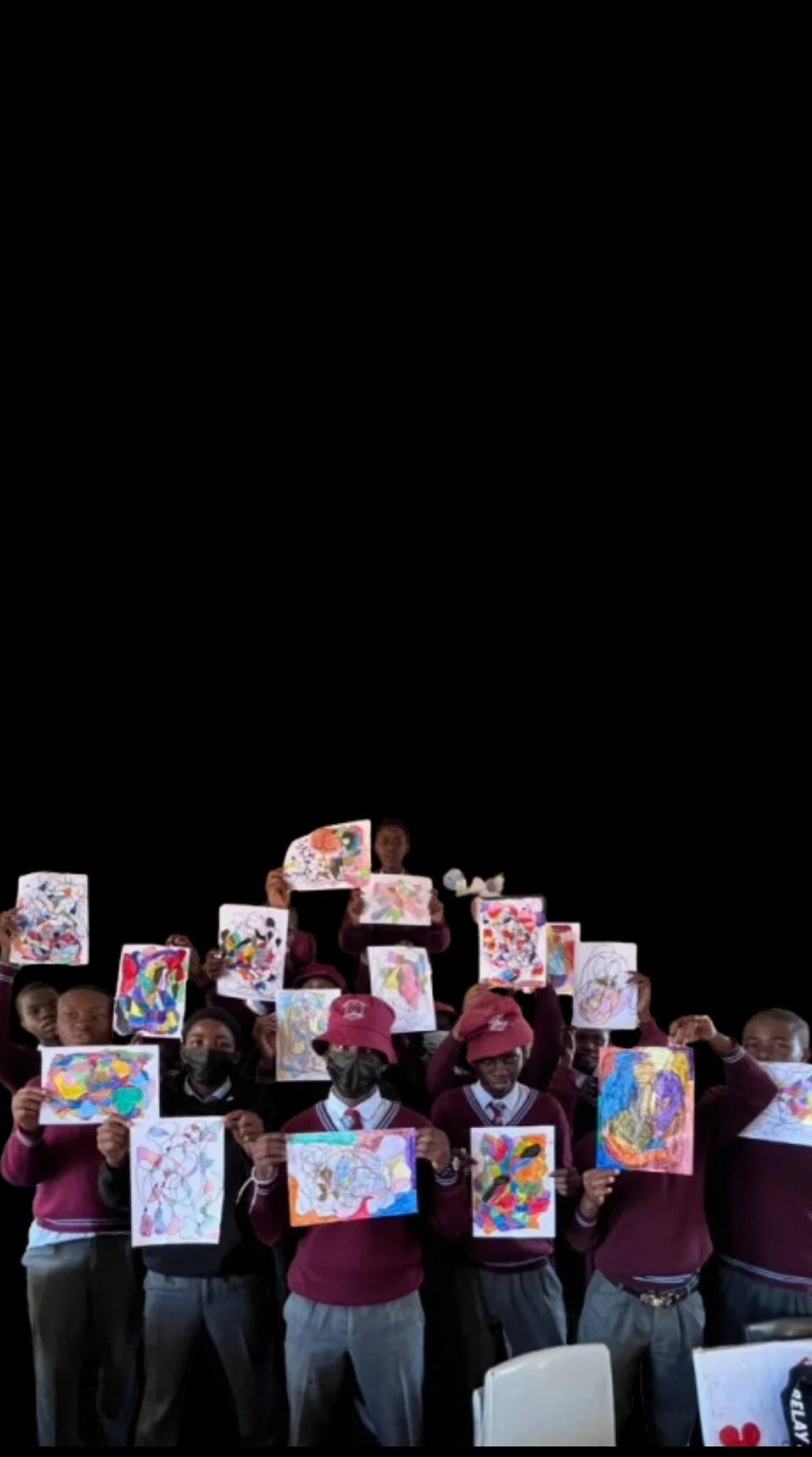
teaching philosophy
My classroom role as an educator, artist, and advocate focuses on empowering students through critical inquiry and transformative learning. Art functions both as a means for individual self-expression and as an essential medium for maintaining cultural heritage while providing a space for societal analysis and narrating historical events. Every course I teach is designed to establish a studio and classroom space that balances student challenges with support while driving them to build technical abilities and explore identity, equity, and meaning in their artwork. Inclusive pedagogy and community-centered practice guide all my professional activities, including curriculum development and mentorship.
Over the past six years, I have been a teaching artist and arts educator, specializing in studio arts, museum education, and art history curricula, as well as pursuing an active multidisciplinary visual arts practice, which includes extensive exhibition experience and curatorial work. As an educator, I understand an individual's energy, needs, and characteristics within a student body. A practice-based arts discourse and active dialogue with colleagues within a pedagogical community are also important to me in bridging our experiences with theirs. In college settings, even in basic-level classes, I bring values such as community engagement, arts visibility, exploration of creative thinking, and social awareness to the classroom. Through applied studio time and in-progress group critiques, I emphasize support and self-exploration in my teaching approach. In these learning environments, students develop strong portfolios through visual language and measurable skills. Observation, articulation, and experimentation are all important steps toward cultivating creative problem-solving experiences for all students. I emphasize the importance of looking at work by other artists and using visual arts vocabulary. The projects I introduce are based on the idea that creativity needs exercise.
Studio art is an effective learning practice that supports widely applicable skill development. To encourage and inspire students to value the active process of learning about art, I offer a supportive and challenging environment in class. It is through education that students discover themselves and should be able to trust and work through their process. In my classes, I emphasize the importance of student initiative and encourage students to trust their own abilities, to value their perceptions, and to be open-minded and knowledgeable about art practices.
Human intelligence is not whole without visual thinking, the tendency toward representation concerning critical problem-solving. This aspect of our intelligence should thrive with the opportunity for visual exploration, cultivation, and nourishment in academic environments.
As an educator, I follow primary guidelines for flexible learning outcomes about processes, individual needs, and life circumstances. These can be summarized as visual skill building through learning principles and elements of design, visual thinking strategies, interdisciplinary bridging, critical thinking and communication, problem-solving skills, intention and flexibility, effort, and practice.
My educator position fundamentally relies on a profound dedication to mentorship and advising. Mentoring functions as a continuous conversation that enables students to identify their potential while establishing meaningful objectives and overcoming academic and personal obstacles with self-assurance. I maintain a relationship-oriented and personalized approach that centers on active listening and cultural sensitivity while ensuring transparency to meet students at their current level and inspire them to advance beyond their comfort zones. During one-on-one critiques, informal studio check-ins, and structured advising sessions I establish environments where students experience visibility and validation as they develop their unique artistic and intellectual voices. It brings me great fulfillment to mentor students who navigate the multiple challenges of developing their creativity alongside their professional and personal identities while paying particular attention to those from underrepresented backgrounds who find themselves often excluded from academic norms.